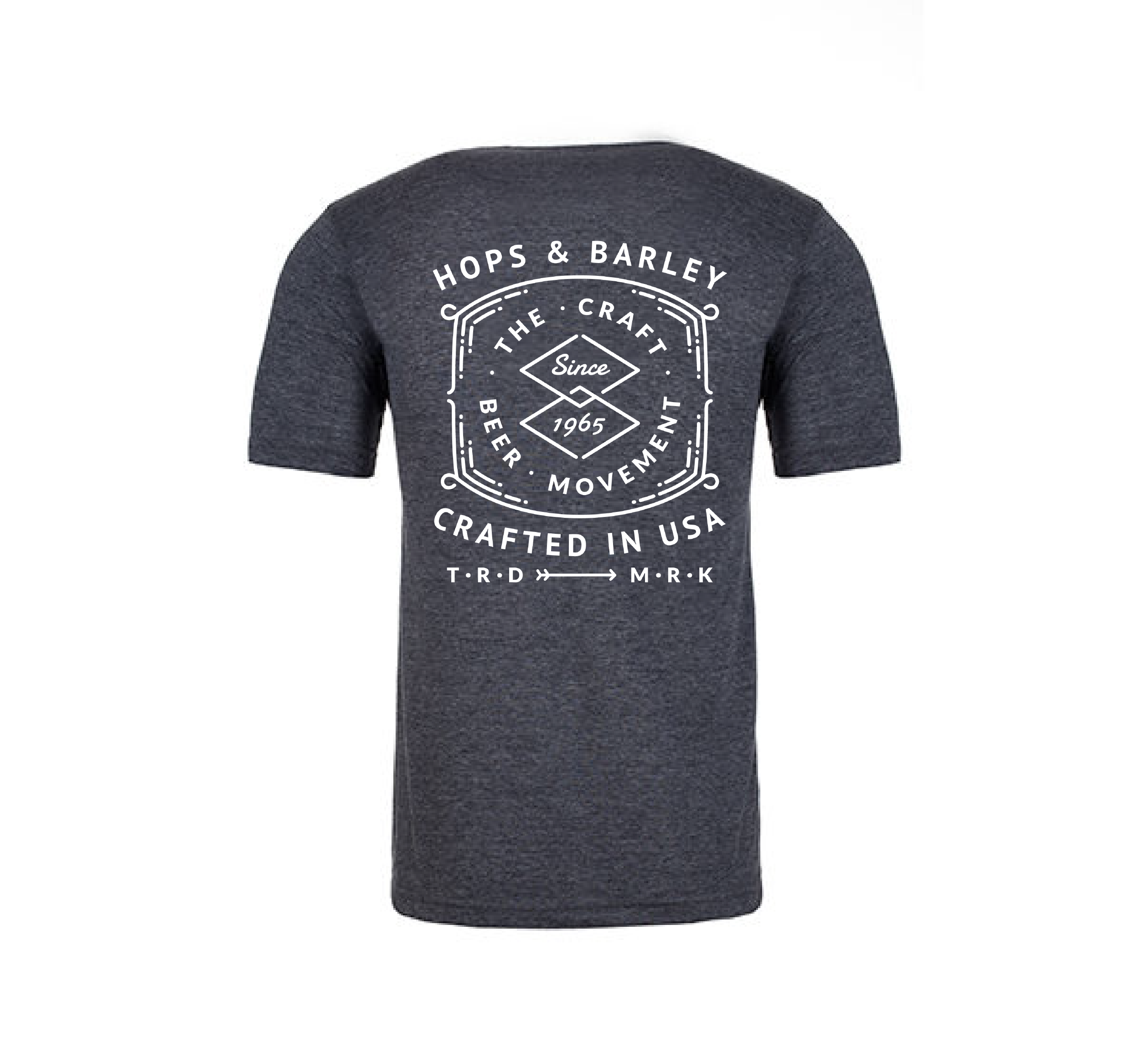
05 May How Beer Works: An informational guide to Beer brought to you by Hops and Barley Co.
How Beer Works: An informational guide to Beer brought to you by Hops and Barley Co.
The practice of drinking beer goes back as five thousand years and was recorded in the written history of ancient Egypt and Mesopotamia. During Medieval European times, beer became one of the most common drinks throughout the middle ages, consumed by all social classes where the cultivation of grapes was difficult or impossible. In the 1770s, the industrial revolution allowed for the mass production of beer, which would be the stepping stone into today’s modern production of the drink. Beer is produced in many countries around the world with their own unique brewing traditions and has even become a staple for some including Ireland, Germany, and the UK.Many people are familiar with beer — drinking it, tasting it, and occasionally playing beer pong with it, but how exactly is this multicultural staple made?
It all starts with a little seed called barley. (Don’t be fooled, it is not wheat!) The first step in beer creation is malting the barley, or immersing it in water to get the grain to sprout and halt it once the sprouting begins.When the barley starts to sprout, this process is known as germinating. The barley must soak in water for several days and then drained and held at about 60 degrees Fahrenheit for five days.
The key to the malting process is to stop the germination of the barley. At a point when the sugar-producing enzymes are present but most of the starch is still unconverted to produce the best flavor. The enzymes will eventually produce the sugars that will feed the yeast to make the alcohol in the beer. (a.k.a., the best part)
Our team at Hops & Barley Co. is committed to supporting the best local breweries with the highest quality malting process. After malting, the concoction is ready for the mash. Grains are steeped in hot, but not boiling water for about an hour to activate enzymes in the grains to release their sugars. The sticky wet liquid that is left is called wort which is basically “unmade beer.”
The wort is then boiled for about an hour while hops and other spices are added in. Hops are the flowers of the hop plant, used as a flavoring and stability agent in beer. They also can provide floral, fruity or citrus flavors and aromas depending on the variation of hops used. Hops & Barley can help you find the perfect blend for you!After the wort is boiled and cooled, it is strained and filtered and placed in a fermenting vessel with yeast. Yeast is another key ingredient, responsible for creating the alcohol and carbon dioxide found in beer. Similar to the hops, different types of yeast used gives beer its various tastes.
At this point, the brewing is complete and the fermentation process takes its course. The beer is stored anywhere between a few weeks to many many weeks depending on what kind of beer it is — ales would be less and lager would be longer. And there you have it! Although the beer is still flat and non-carbonated. The beer can either be artificially carbonated or naturally carbonated through CO2 that the yeast produces and then it is ready to be consumed.
Now that you are educated on all things Hops & Barley, show your craft beer love by supporting the craft beer movement. Check out our signature “The Craft Beer Movement” tee below and head over to our Hops & Barley co. shop to find the best craft beer apparel, hats, and more made especially for you, Beer snob!


No Comments